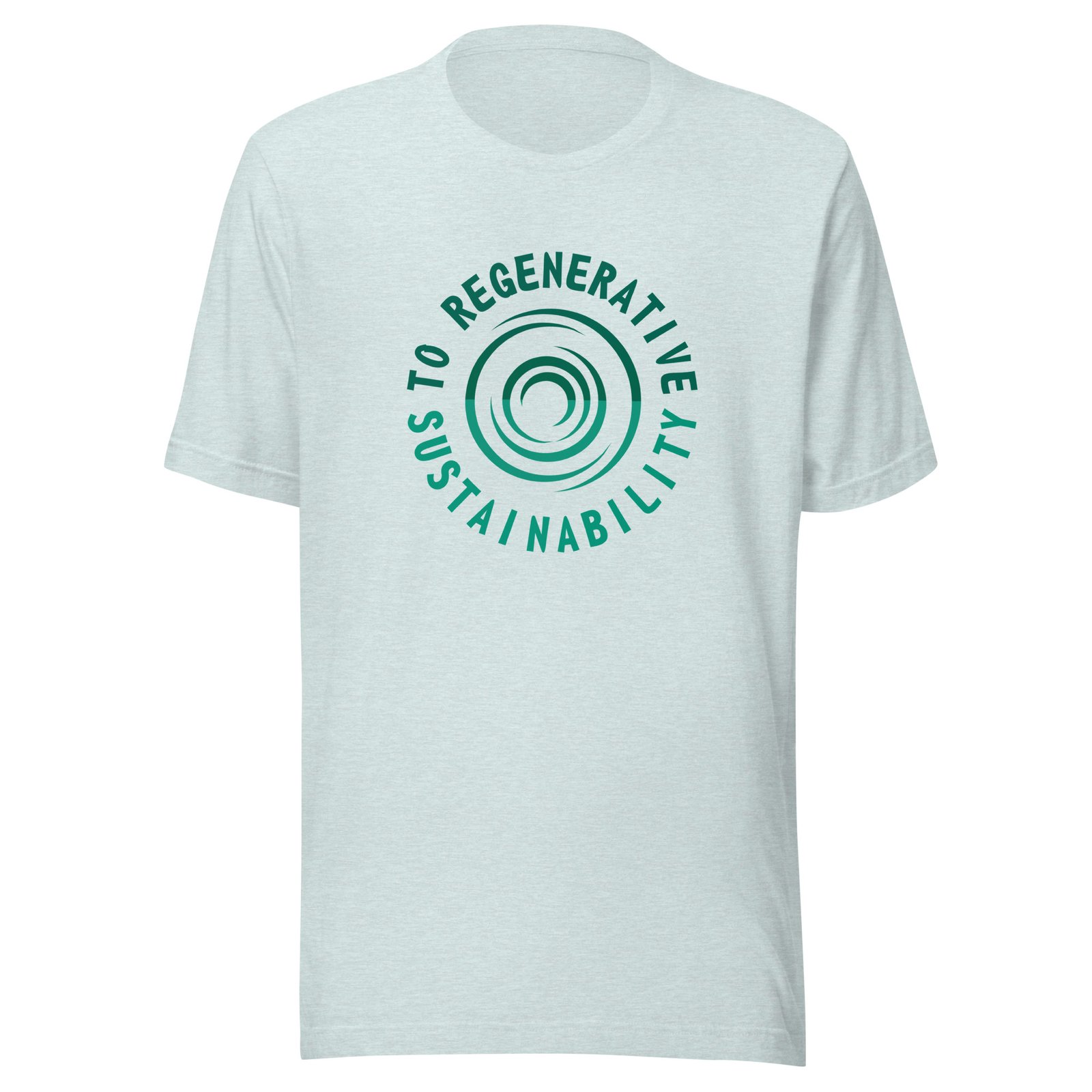Regenerative Tourism Principles
Principle 1: See the Whole Picture
Recognize that most tourism by its nature involves the destination as a whole, not only industry businesses, but also its ecosystems, natural resources, cultural assets and traditions, communities, aesthetics, and built infrastructure.
Regenerative Principle 2: Use sustainability standards
Respect the publicly available, internationally approved minimum criteria for sustainable tourism practices maintained by the Global Sustainable Tourism Council (GSTC) for both industry and destinations.
Regenerative Principle 3: Collaborate in destination management
Seek to develop all tourism through a collaborative management structure with equal participation by government, the private sector, and civil society organizations that represent diversity in communities.
Regenerative Principle 4: Choose quality over quantity
Manage tourism development based on quality of visitation, not quantity of visitors, so as to enhance the travel experience while sustaining the character of the destination and benefiting local communities.
Regenerative Principle 5: Demand fair income distribution
Seek to develop all tourism through a collaborative management structure with equal participation by government, the private sector, and civil society organizations that represent diversity in communities.
Regenerative Principle 6: Reduce tourism’s burden
Account for all tourism costs in terms of local tax burdens, environmental and social impacts, and objectively verifiable disruption. Ensure investments are linked to optimizing net-positive impacts for communities and the environment.
Regenerative Principle 7: Redefine economic success
Rather than raw contribution to growth in GDP, favor metrics that specify destination benefits such as small business development, distribution of incomes, and enhancement of sustainable local supply chains.
Regenerative Principle 8: Mitigate climate impacts
Strive to follow accepted scientific consensus on needed reductions in greenhouse gas emissions. Invest in green infrastructure and a fast reduction in transport emissions involved in tourism – air, sea, and ground.
Regenerative Principle 9: Close the loop on resources
When post-pandemic safety allows, turn away from use of disposable plastics by tourism businesses, and transition to circular resource use.
Regenerative Principle 10: Contain tourism’s land use
Limit high-occupancy resort tourism to concentrated areas. Discourage resort sprawl from taking over coasts, islands, and mountain areas, so as to retain geographical character, a diverse economy, local access, and critical ecosystems.
Regenerative Principle 11: Diversify source markets
In addition to international visitation, encourage robust domestic tourism, which may be more resilient in the face of crises and raise citizens’ perceived value of their own natural and cultural heritage.
Regenerative Principle 12: Protect sense of place
Encourage tourism policies and business practices that protect and benefit natural, scenic, and cultural assets. Retain and enhance destination identity and distinctiveness. Diversity of place is the reason for travel.
Regenerative Principle 13: Operate business responsibly
Incentivize and reward tourism businesses and associated enterprises that support these principles through their actions and develop strong local supply chains that allow for higher quality products and experiences.
Several ways exist to systemize responsibility throughout a destination, even an entire country. There is a range of ways that this can be influenced – both at the destination level and among individual businesses.
At its simplest, a business can post its practices and values online and invite public feedback, which is important to avoid greenwashing. Beyond this, tourism businesses have the ability to influence other actors in the tourism value chain. A single tourism business may have hundreds of different suppliers – for example, a tour operator may partner with numerous hotels, restaurants, attractions, and transportation providers. By prioritizing eco-conscious and local suppliers, travel companies can facilitate the uptake of sustainable practices even beyond their own doors.
From the government side, tax incentives, regulations/policies, training programs, and business certification schemes can help. DMOs can showcase sustainable businesses in their marketing, diversifying their product offerings and attracting the responsible tourist.
Further resources:
GSTC Destination Criteria
SECTION B: Socio-economic sustainability
B(a) Delivering local economic benefits
B3 Supporting local entrepreneurs and fair trade
Tourism Training
Our free Tourism Training offers insights to help tourism professionals achieve and improve tourism practices. Almost all our tourism courses are free to enroll, study and complete.




